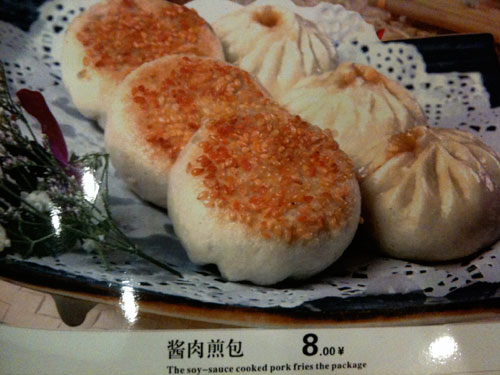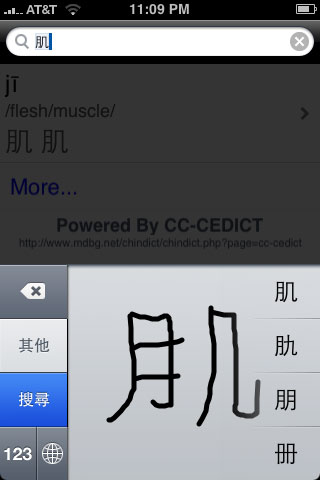Thank goodness for the photo because I could not read the Chinese and the English was utterly incomprehensible. At first, I thought the dish was named after a Chinese senator named Bao Zhikou. It could be possible, much like how Dongpo Pork 东å¡è‚‰ bears the name of è‹ä¸œå¡.
From the photo, the pièce de résistance appears to be sea cucumber and Google Translate confirms my suspicions with an obtuse translation of Bao Zhi buckle Sea Cucumber.
The better translation will interpret é² as abalone and æ± as sauce. As for 扣, Google Translate offers the following possibilities. As a noun, 扣 may mean button, discount, knot or ouch. In this context, none of these are correct. As a verb, Google Translate offers buckle, button, deduct, button up, pull, detain, fasten, arrest, place, press, or take into custody. These are all wrong as well. My best guess is that æ‰£è¾½å‚ means steamed sea cucumber because 梅èœæ‰£è‚‰, which is a favorite dish, is preserved vegetables with steamed pork. So, my translation would be Sea Cucumber in Abalone Sauce.
So, where does distant senate come from? Well, è¾½ could mean distant or faraway as an adjective. Senate, according to Google, is å‚议院, so there you have it.
As for the related menu items, æ¸…ç‚–è¾½å‚ could be translated to Sea Cucumber is Clear Broth. I can see how “boils in its own broth without soy sauce” would be one way to translate clear broth. Google translates é‡‘ç±³çƒ©è¾½å‚ to Golden Rice Braised Sea Cucumber. Of course, 金米 literally means Golden Rice; however, a closer translation may be available. I just haven’t found it yet. I am 100% sure that Bao Zhikou and Jin Mihui do not refer to competing senators with dishes named after them.




